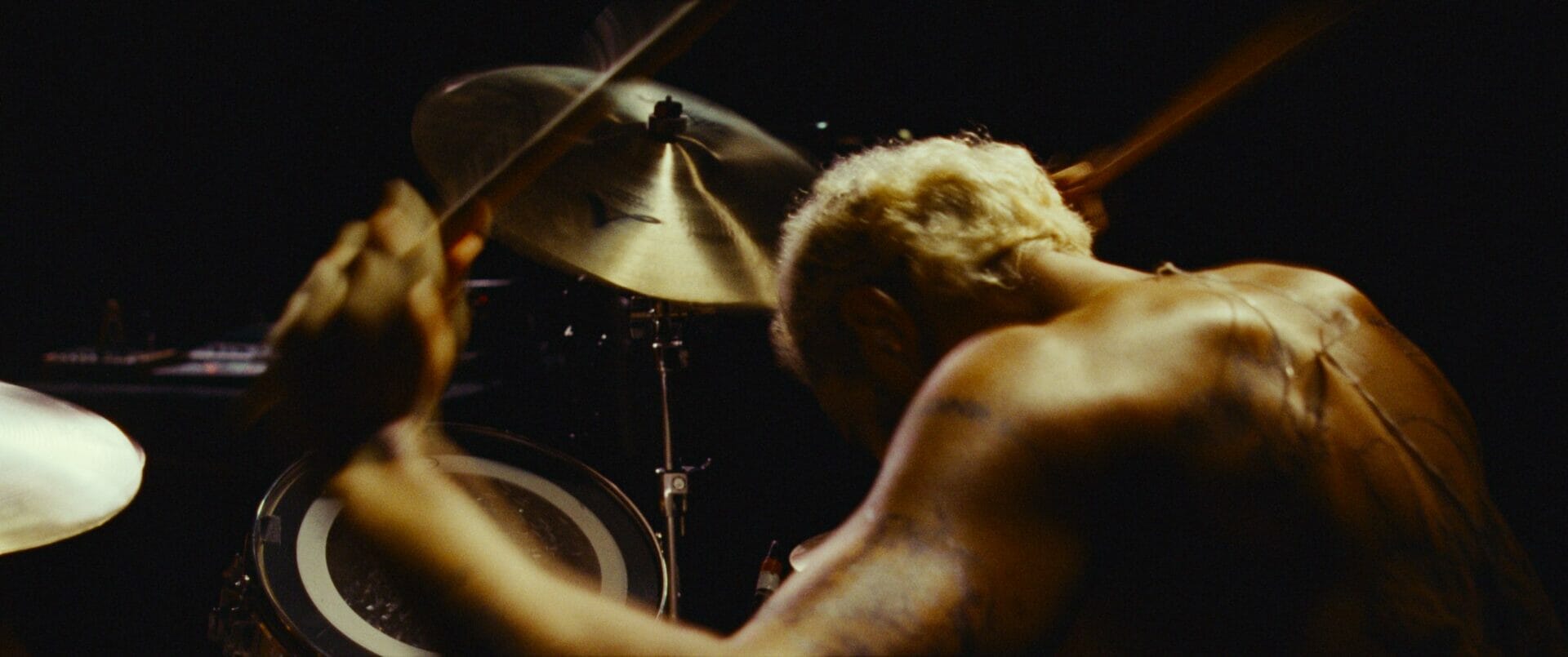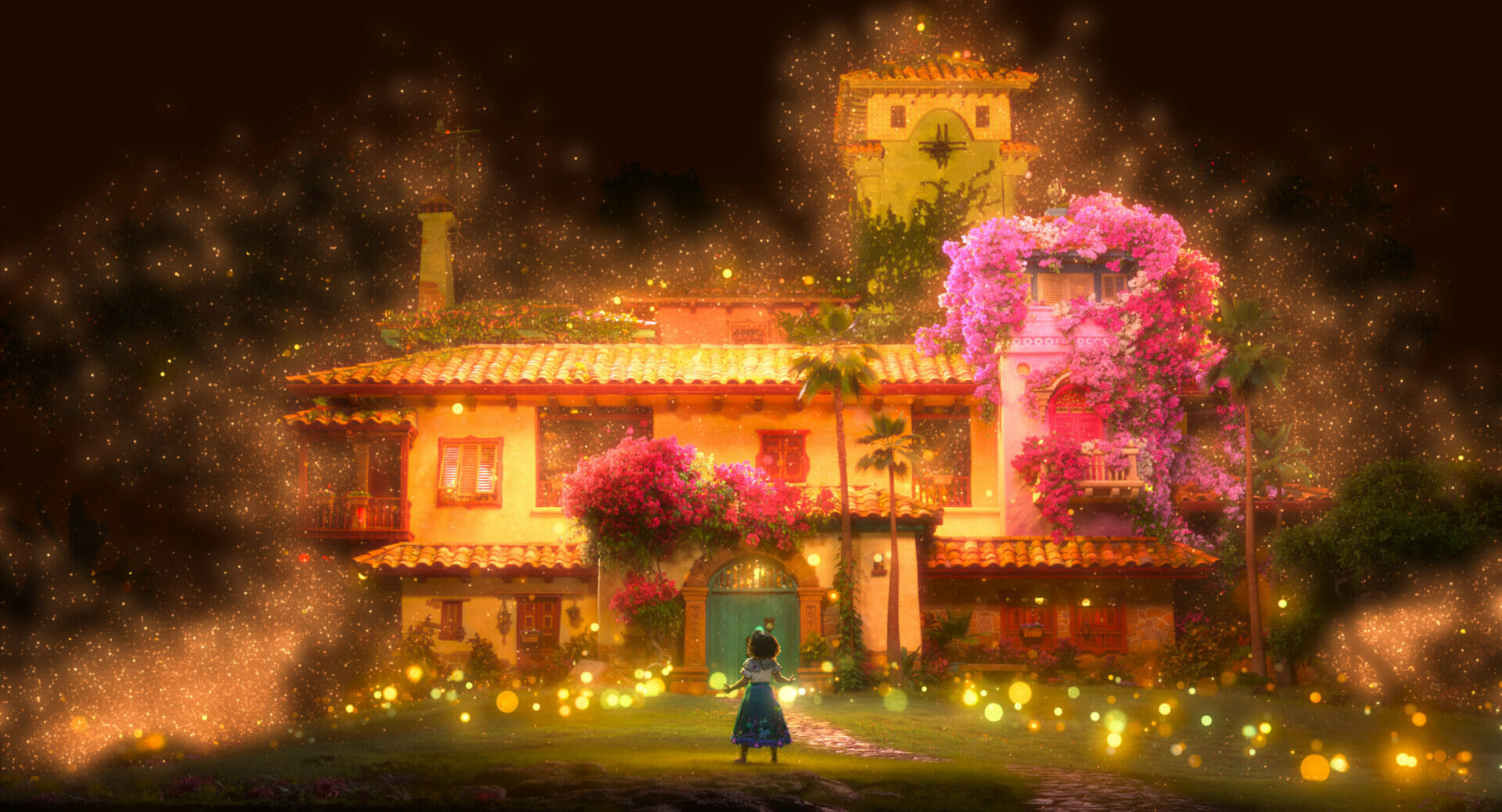
The Holdovers by Alexander Payne | Nostalgia With a Purpose
Year
Runtime
Director
Writer
Cinematographer
Production Designer
Music by
Country
Format
Genre
By
In a year of major releases and box office records, Alexander Payne‘s heart-warming comedy-drama The Holdovers stands out for its simplicity. The 1970s tale of three individuals spending Christmas together at a New England boarding school debuted at the 50th Telluride Film Festival in August and has continued to garner praise from audiences and critics this awards season. Da’Vine Joy Randolph won Best Supporting Actress at the 96th Academy Awards for her powerful portrayal of Ms. Mary Lamb, while Paul Giamatti was nominated for Best Actor. Both actors won Golden Globes for their performances.
Compared to the perhaps grander releases of the holiday season – Martin Scorsese‘s Killers of the Flower Moon, Yorgos Lanthimos‘ Poor Things, and Emerald Fennell‘s Saltburn, to name a few – The Holdovers took a unique approach to its production and marketing, relying entirely and unapologetically on nostalgia.
- The World is a Bitter, Complicated Place
- A Nostalgia-Fueled Time Machine
- Vintage Look, Modern Sensibilities
- Another New England Boarding School
- When a Script Prioritizes its Characters
The World is a Bitter, Complicated Place
It’s Christmastime in New England, and 1970 is coming to a close. Snow blankets the austere campus grounds of Barton Academy, a prestigious boarding school, where the misanthropic Mr. Paul Hunham (Paul Giamatti) teaches classics to self-concerned teenagers like Angus Tully (Dominic Sessa). Troublemaker Angus can only think about his Christmas vacation to the beach when his mother calls to promptly disinvite him. Instead, Angus will have to spend the holidays at school, with Hunham acting as supervisor alongside the grieving head chef Ms. Mary Lamb (Da’Vine Joy Randolph). It is revealed early on that Mary recently lost her only child, a Barton alumnus, in the Vietnam War. Together, this unlikely group will face their loneliness and slowly untangle their pain.
Though hilarious, it’s surprising that The Holdovers is branded as a comedy – the movie explores the emotional depths of Hunham, Mary, and Angus and invites the viewers into their grief and vulnerability. At just over two hours, David Hemingson’s screenplay accomplishes a pace that never lags, nor rushes to share its emotional discoveries with the public.
Part of what makes The Holdovers interesting is its obsession with the past. In this period piece, Hunham is a professor of ancient history at a centuries-old school, where he often quips in a dead language and struggles with the embarrassments and injustices of his youth. All of this emphasis on the past falls into place in a pivotal scene at the Museum of Fine Arts. Surrounded by ancient pottery, Hunham points out the enduring presence of history in the modern world.
There’s nothing new in human experience, Mr. Tully. Each generation thinks it invented debauchery or suffering or rebellion, but man’s every impulse and appetite from the disgusting to the sublime is on display right here all around you. So, before you dismiss something as boring or irrelevant, remember, if you truly want to understand the present or yourself, you must begin in the past. You see, history is not simply the study of the past. It is an explanation of the present.
Paul Hunham (Paul Giamatti)
With this in mind, it is easy to understand how a story about a boarding school in the 1970s has become one of the most lauded projects of 2023.
A Nostalgia-Fueled Time Machine
As mentioned above, The Holdovers‘ marketing campaign is unique in its extreme use of nostalgia: the trailer is full of bygone conventions, and the poster design plays on the aesthetics of the ’70s. Though shot digitally, Alexander Payne and Danish cinematographer Eigil Bryld utilize vintage camera lenses to simulate the look of ’70s movies. In an interview with The Hollywood Reporter, Bryld explains his approach to mixing modern materials with vintage aesthetics.
Film editor Kevin Tent, longtime Payne collaborator, further immerses the viewer with his use of dissolves to transition between scenes, an editing choice that has almost totally disappeared from today’s movies. Tent’s work earned him his second Academy Award nomination for Best Film Editing, having edited Payne’s 2011 drama The Descendants.
Another key immersive element of The Holdovers is its score, composed by Mark Orton. A vintage collector himself, Orton utilized Fender amps and Les Paul guitars in his compositions, eschewing software in favor of working with live musicians to imagine his pieces. In contrast to the typical process of writing music at the end of the film editing process, Orton told Screen Rant that he “wrote a suite of songs early on, a third of which made it into the film, going after more particulars of the aesthetic.” Part of Orton’s process involved driving around with Alexander Payne, discussing musical influences and themes before ever setting foot in the studio. Orton’s resulting score is one of melancholy, hope, and very subtle jingle bells. The soundtrack complements the score with 1970s folk-pop and Christmas motifs, keeping The Holdovers buoyant amidst its deeper themes.
Vintage Look, Modern Sensibilities
Payne’s reasoning for this level of immersion is fairly straightforward. He points to the movies of the ’70s as his ultimate narrative inspiration: stories that focused on the humanity of the characters rather than the plot. Why not utilize the storytelling tactics of that era, in addition to its visual aesthetics?
The result is a project that feels almost ripped out of time, were it not for its more modern sensibilities. Most obviously, Hemingson and Payne explore issues of mental health with striking sensitivity. They also begin to explore issues of class and systemic inequality through the grief of Mary, a Black working-class woman, over the loss of her son drafted into service. In this light, the immersive viewing experience of the 70s becomes an opportunity to see a subject matter that other movies of the period might not have taken much time to explore.
Still, the period piece is not without its shortcomings; nostalgia can easily veer into over-simplification.
Class is an issue boiling just under the surface of The Holdovers, but never quite contextualized within the very real labor tensions of its 1970 setting. There is no mention of the widespread opposition to the Vietnam War, the Kent State massacre, or struggles regarding civil rights, abortion, LGBTQ+ rights, and Women’s Lib. Given the movie’s message that the past explains the present, it seems like a missed opportunity not to explore the pressing issues that would certainly have arisen within the walls of Barton or on the charged streets of Boston. After all, it’s the most personal stories that tend to best explore the political.
Another New England Boarding School
It’s nearly impossible not to think of Peter Weir‘s 1989 coming-of-age drama Dead Poets Society as The Holdovers begins. There are many similarities between the two stories of New England nostalgia, not least the career-defining performances that each movie has offered its leading cast.
But where Dead Poets Society takes place in 1959, The Holdovers seems to come consciously after its predecessor, to build upon its foundations and question its relevance in the sociopolitically turbulent 1970s. While the characters of Dead Poets Society are wide-eyed and optimistic, Mary, Hunham, and Angus of The Holdovers are world-weary and disillusioned. It feels appropriate, seeing as The Holdovers is a product of 2023; in today’s age of turmoil and crisis, the guarded hearts of these characters are relatable, if not intimately familiar.
Dead Poets Society conveys inspirational messages of nonconformity and the encouragement to listen to one’s heart and spirit, while The Holdovers praises the transformational power of relationships in making life worth living. Neither message is more truthful than the other. The movies speak directly to their contemporary time and, like any period piece, reflect the values and priorities of the day.
In a year full of period pieces (the aforementioned Killers of the Flower Moon, Blitz Bazawule‘s The Color Purple, Christopher Nolan‘s Oppenheimer, George C. Wolfe‘s Rustin, Ridley Scott‘s Napoleon, and many more), it’s an especially appropriate time to explore how cinema uses history as a vehicle to speak about the present.
When a Script Prioritizes its Characters
Hemingson and Payne’s prioritization of character over plot in The Holdovers results in three well-developed leads and dynamic interactions among them. The casting by Susan Shopmaker couldn’t have been stronger. Giamatti, Randolph, and Sessa bring incredible sincerity to their characters and have earned widespread acclaim for their performances.
Sessa, for his film debut, won the Critics’ Choice Movie Award for Best Young Performer. Notably, Giamatti and Randolph won the Golden Globe Award for Best Actor and the Golden Globe Award for Best Supporting Actress, respectively. Both actors were nominated for Academy Awards, with Randolph taking home the Oscar for Best Supporting Actress and delivering a moving acceptance speech. In total, The Holdovers received nominations for Best Film Editing, Best Original Screenplay, and Best Picture.
Payne’s nostalgia for the humanistic movies of the 1970s, combined with Hemingson’s ability to craft the formation of relationships between people, ultimately resulted in a project hailed as an instant classic. It’s a lesson in the age of tech-saturated blockbusters and quick-paced stories meant to hold the viewers’ attention: sometimes, it’s worth turning back the clock and thoughtfully taking notes from the past.
Tag
Buy a ☕ for Hypercritic










